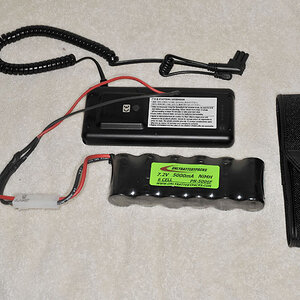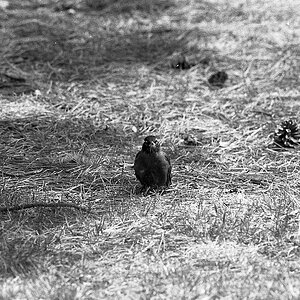Commonman
TPF Noob!
- Joined
- Jan 4, 2007
- Messages
- 201
- Reaction score
- 0
- Location
- St. Paul, Minnesota
- Can others edit my Photos
- Photos NOT OK to edit
I've got a 50 mm Nikon E-series lens that got moisture inside of it so it is fogged up on the inside.
I have dried letting it dry out.
Now I am considering taking it apart. Is this a good idea or a bad one?
It looks like there are a few small screws that would allow disassembly but I'll bet there are lots of things that can go wrong - like sprockets and springs jumping out and getting lost.
Any suggestions?
I have dried letting it dry out.
Now I am considering taking it apart. Is this a good idea or a bad one?
It looks like there are a few small screws that would allow disassembly but I'll bet there are lots of things that can go wrong - like sprockets and springs jumping out and getting lost.
Any suggestions?




![[No title]](/data/xfmg/thumbnail/41/41755-a922f39cc29ff8f6e66a197508bf99f3.jpg?1619739881)
![[No title]](/data/xfmg/thumbnail/38/38737-350089c7ae87f5c983c5362b9b78b671.jpg?1619738703)




![[No title]](/data/xfmg/thumbnail/35/35666-9f404fab7b896e4ec114160079fa71c6.jpg?1619737090)
![[No title]](/data/xfmg/thumbnail/39/39511-592cbd68b1d797ffce7e41e4fbfed890.jpg?1619739066)
![[No title]](/data/xfmg/thumbnail/38/38738-7933157d1b8968c986eeeab2d1828524.jpg?1619738703)

